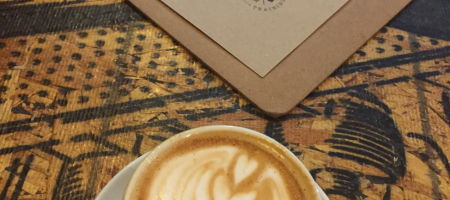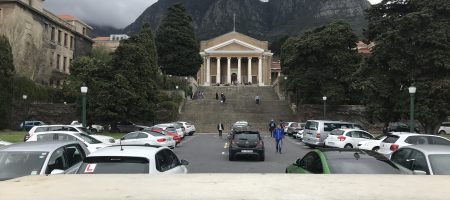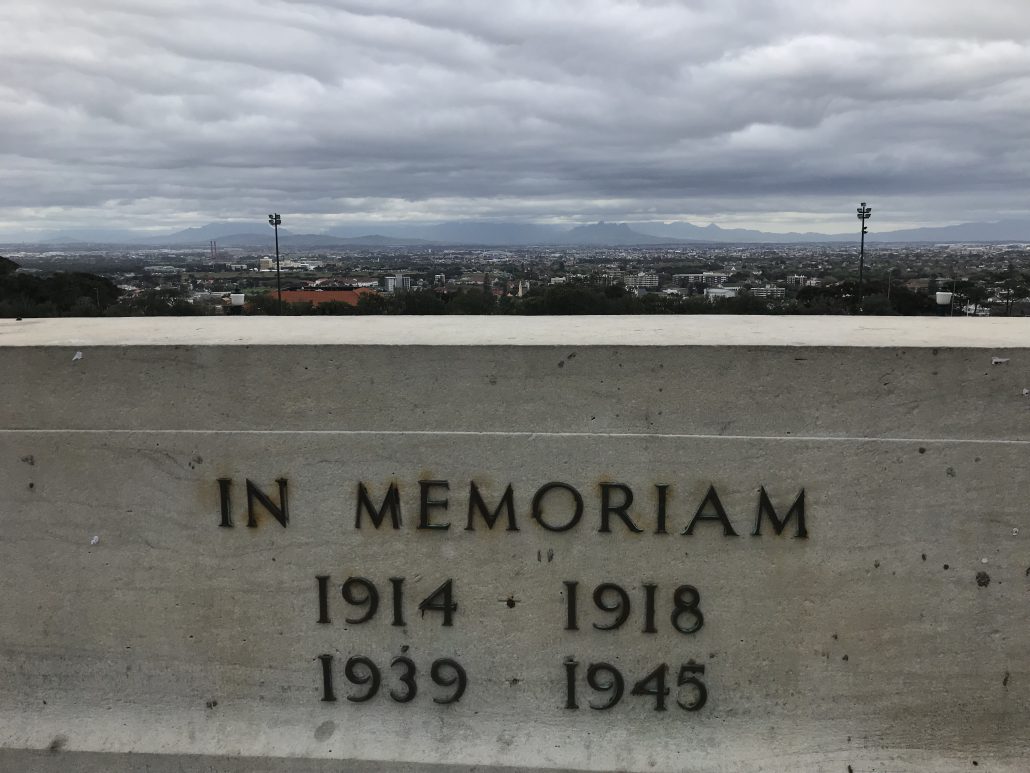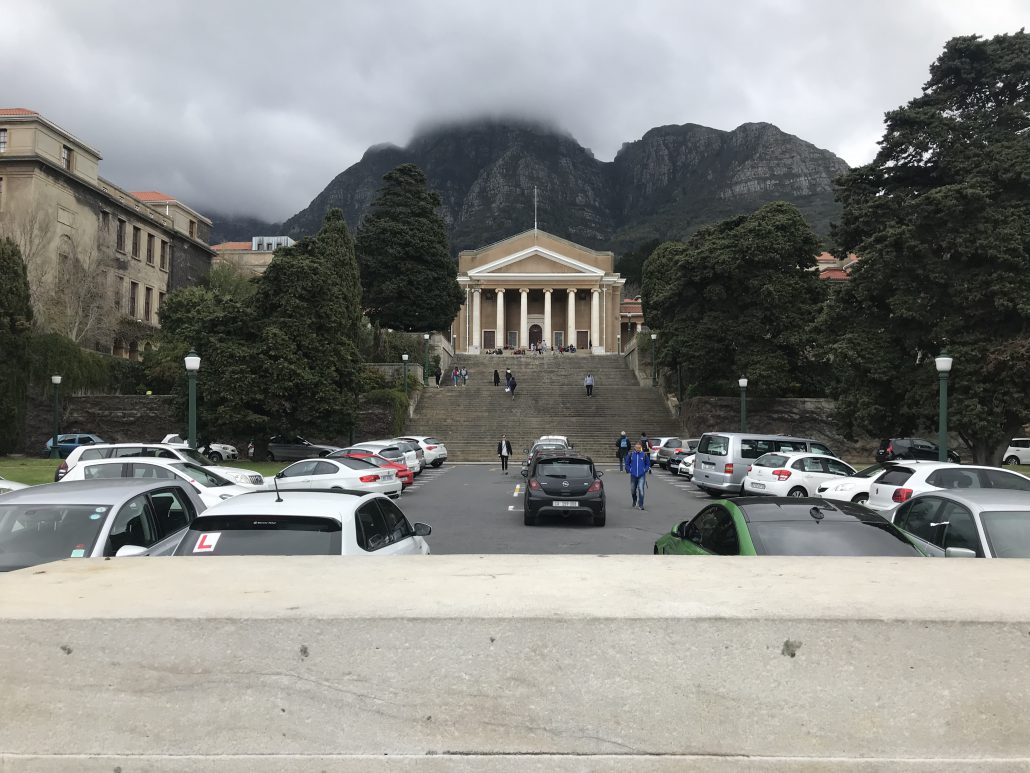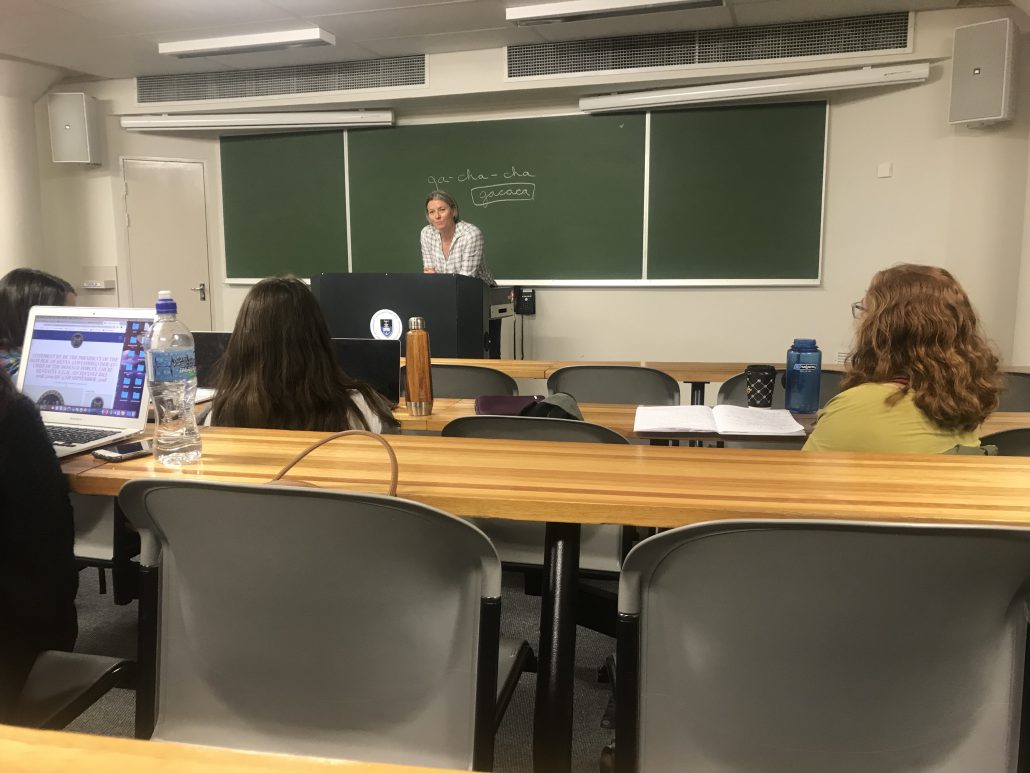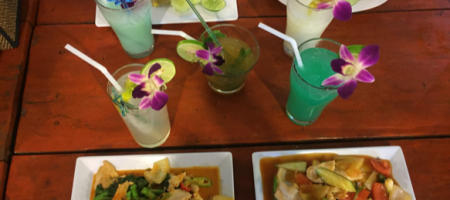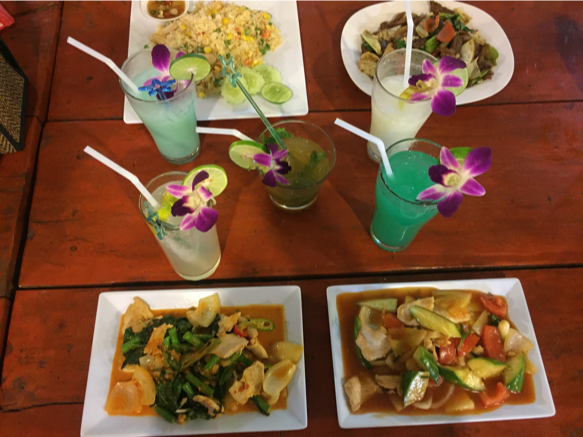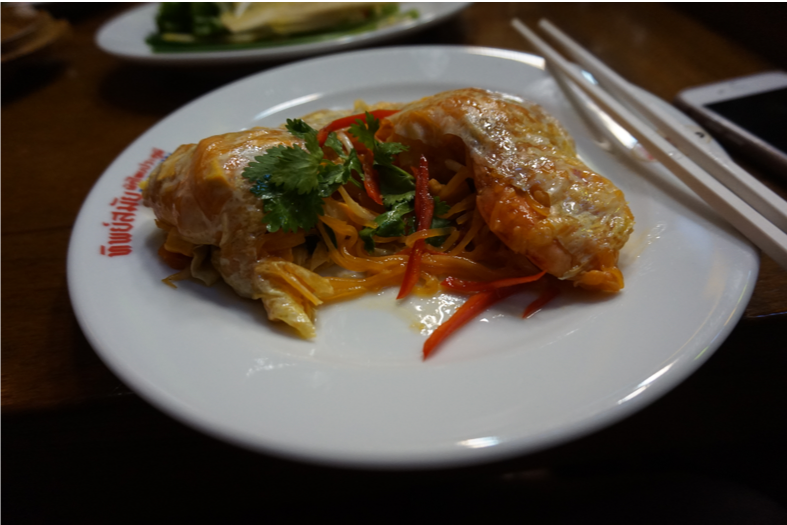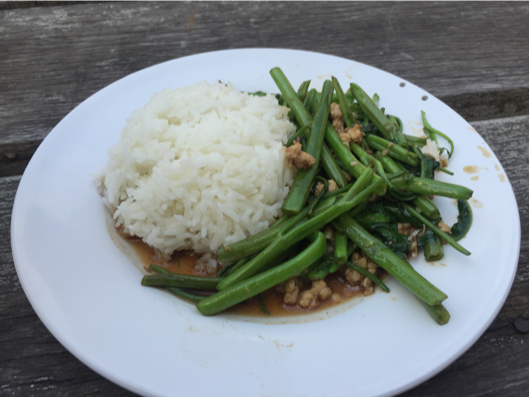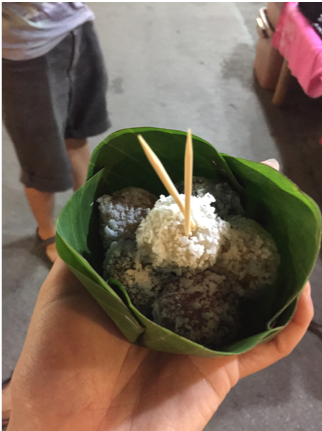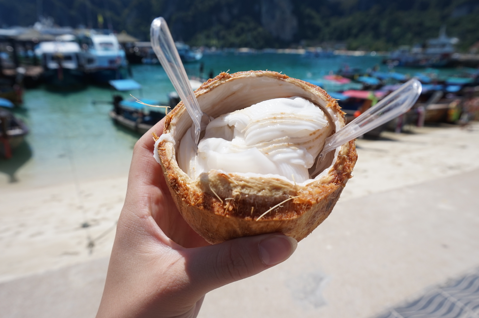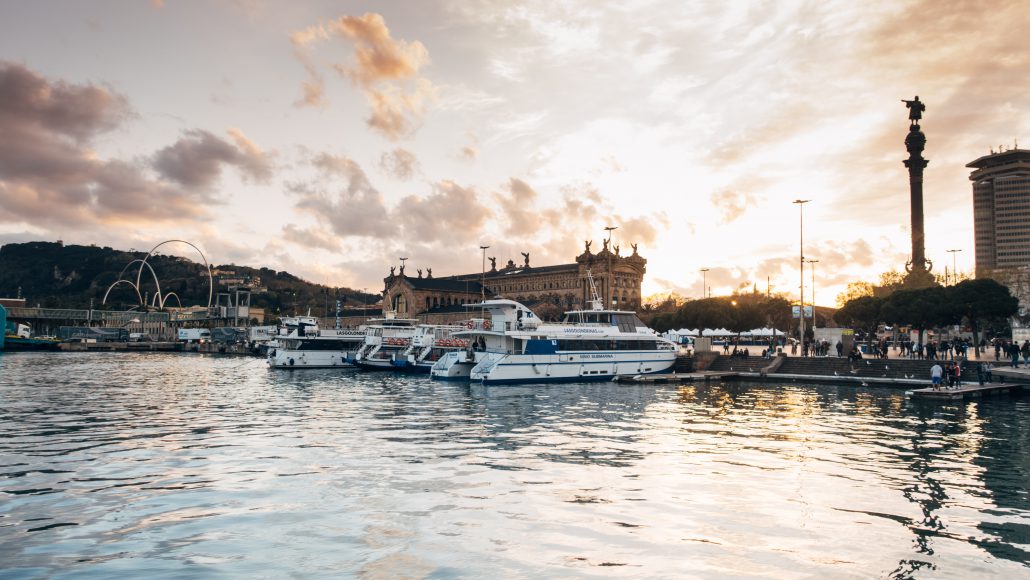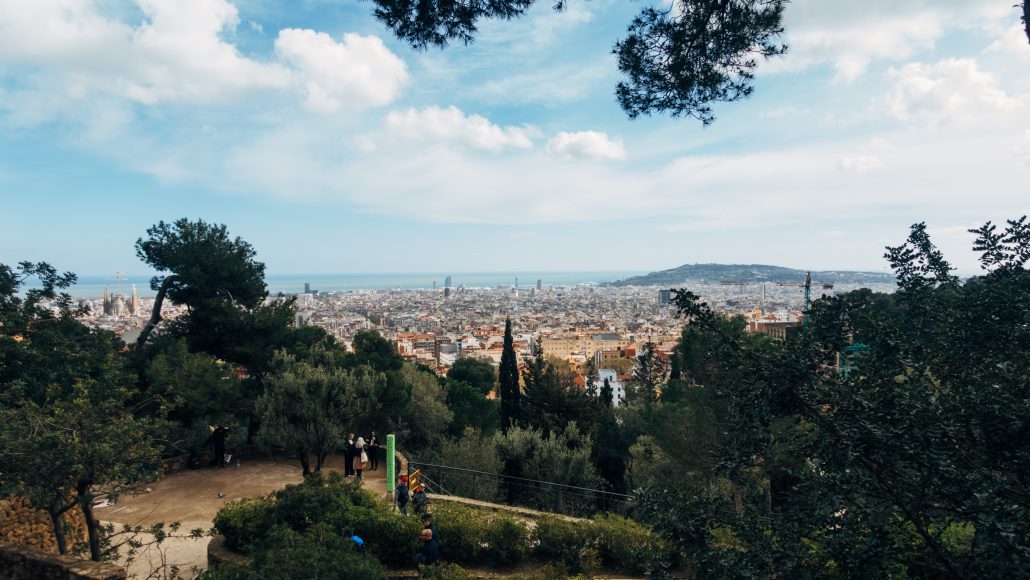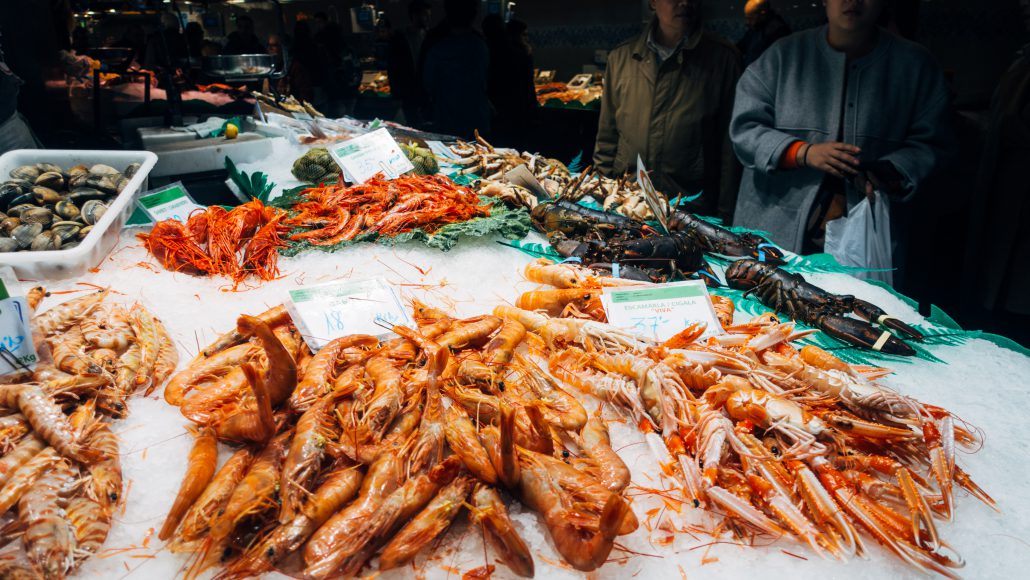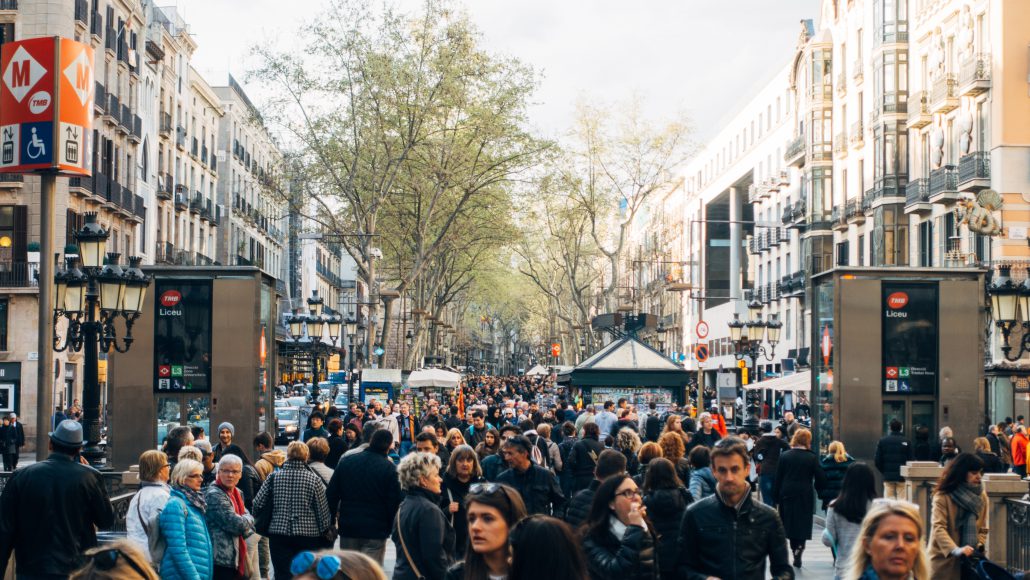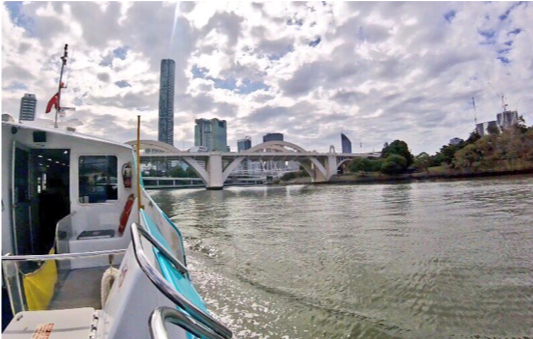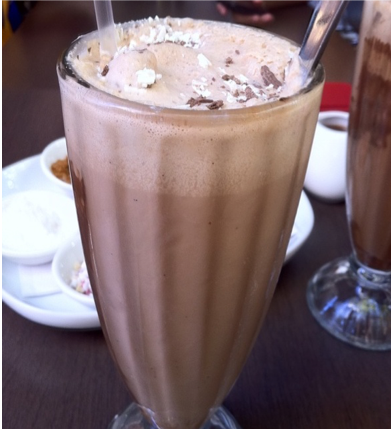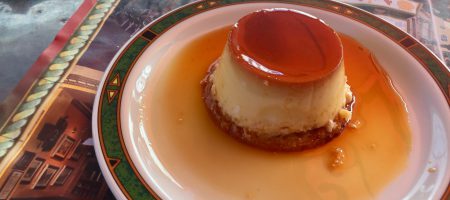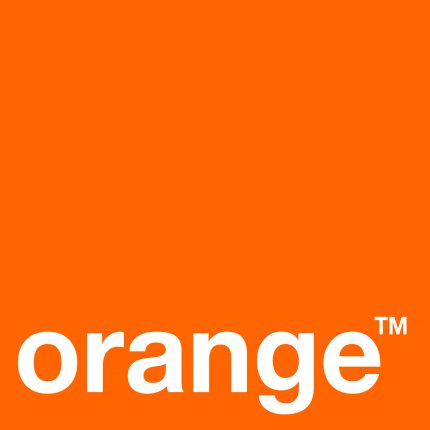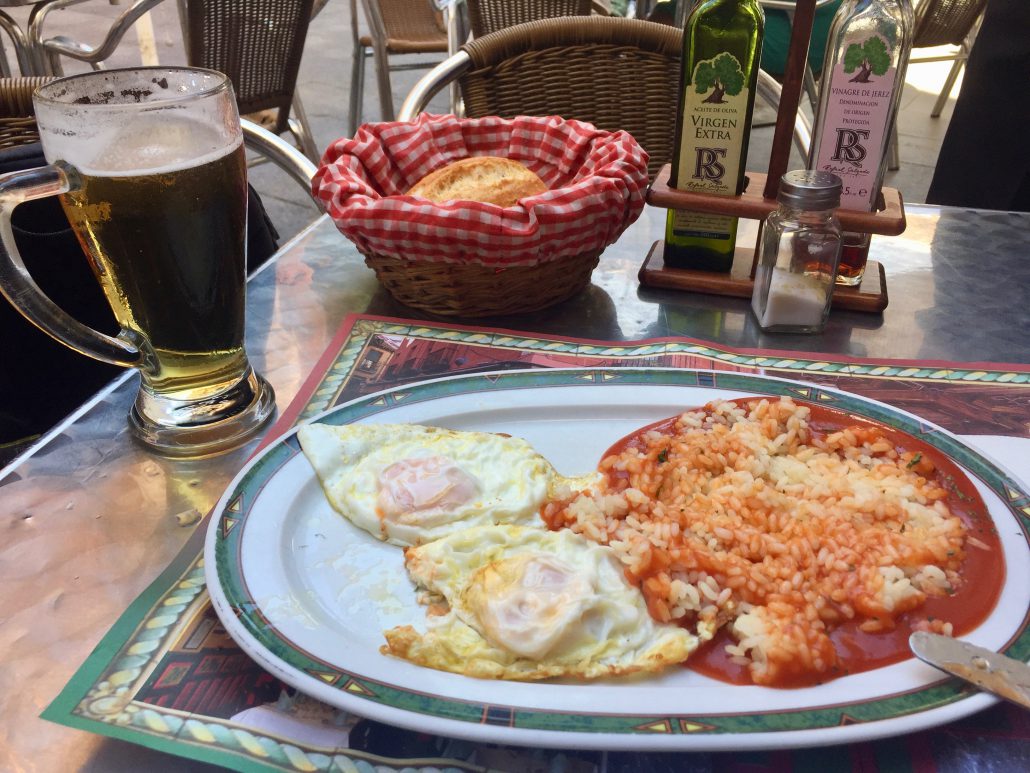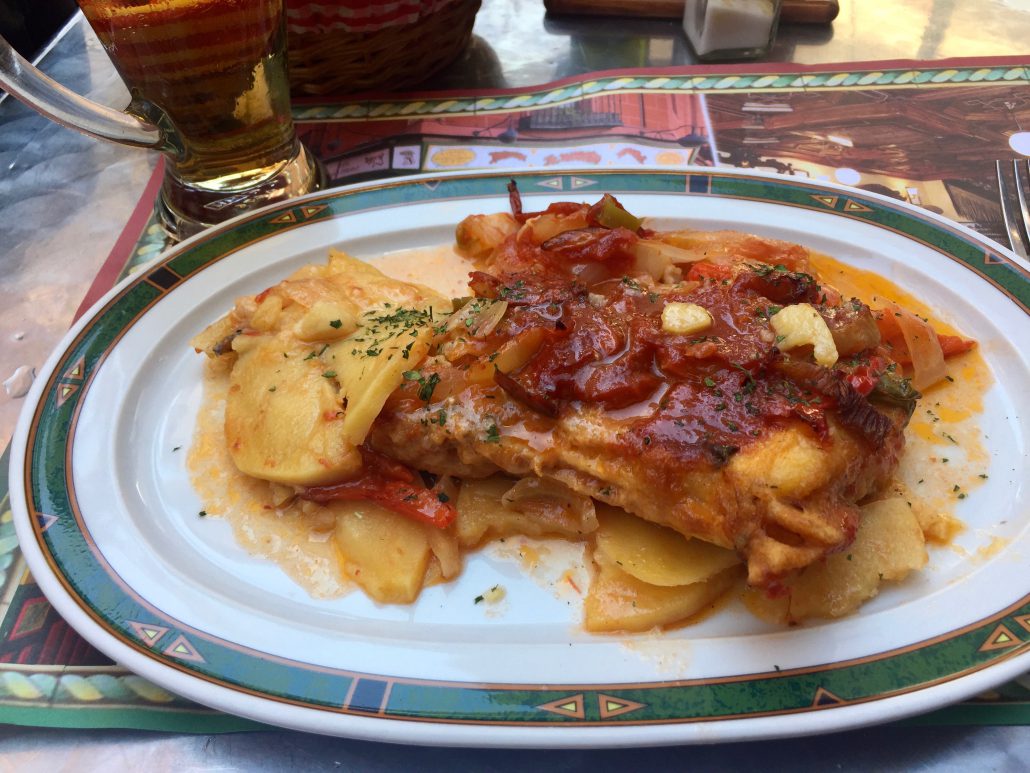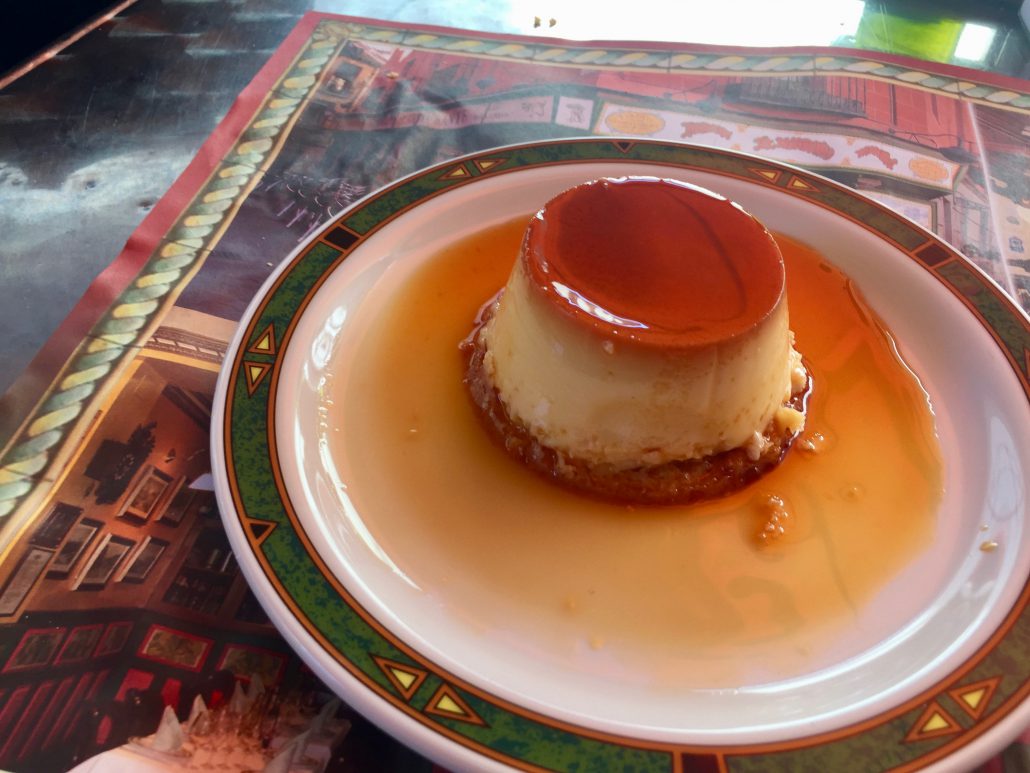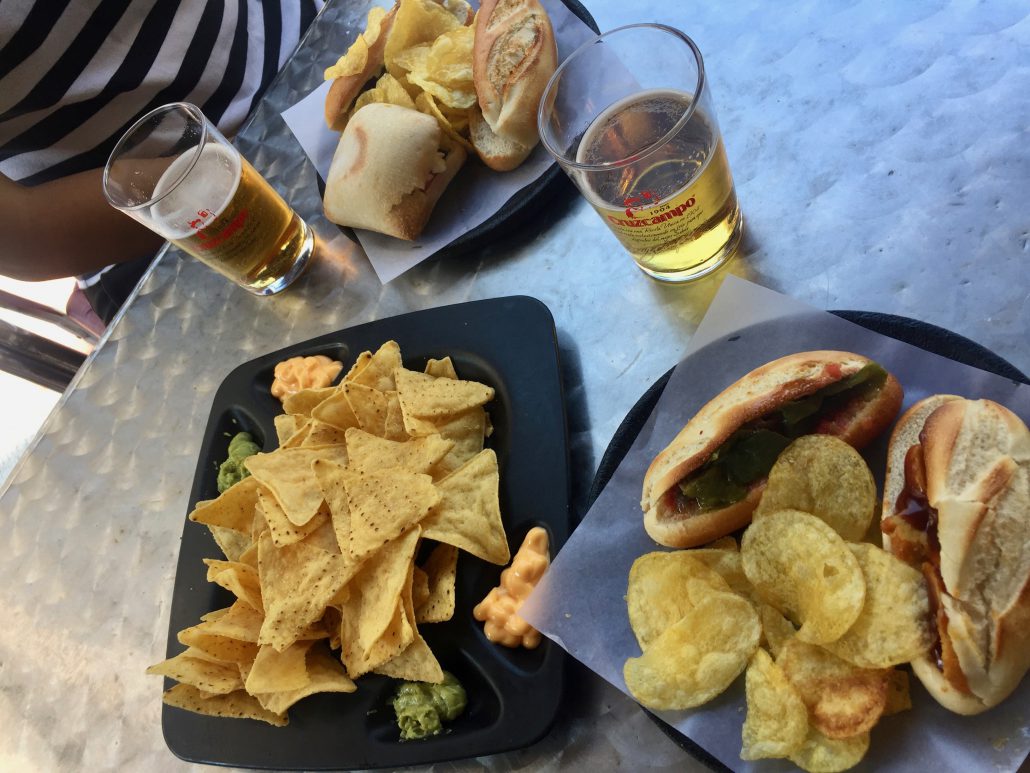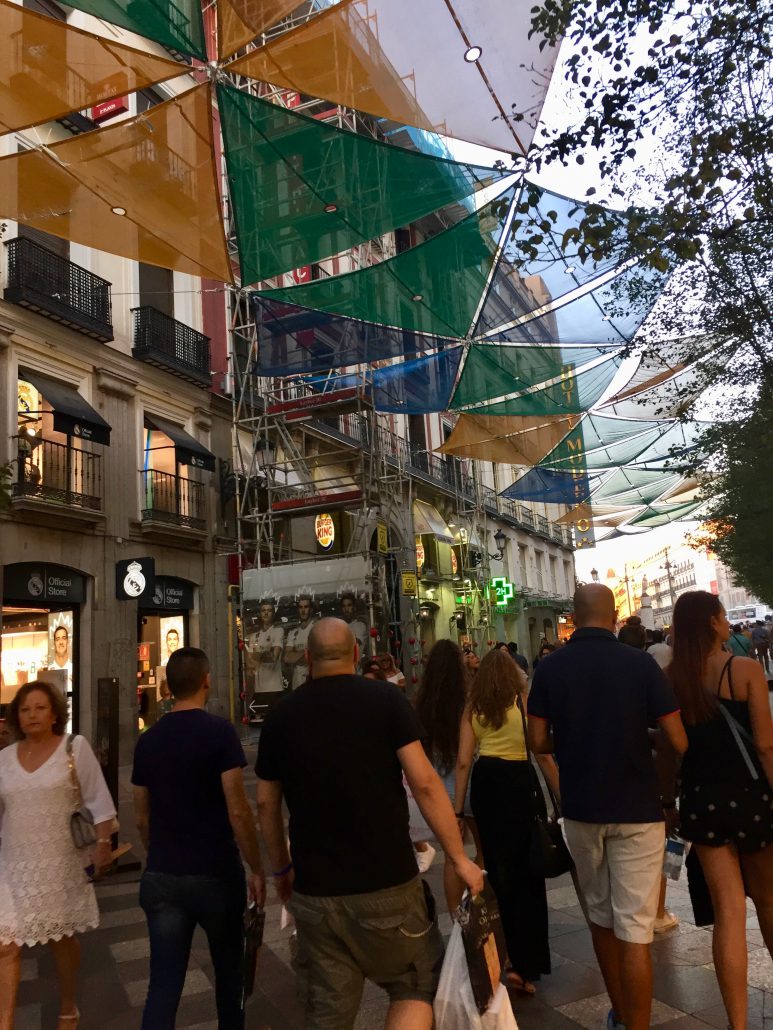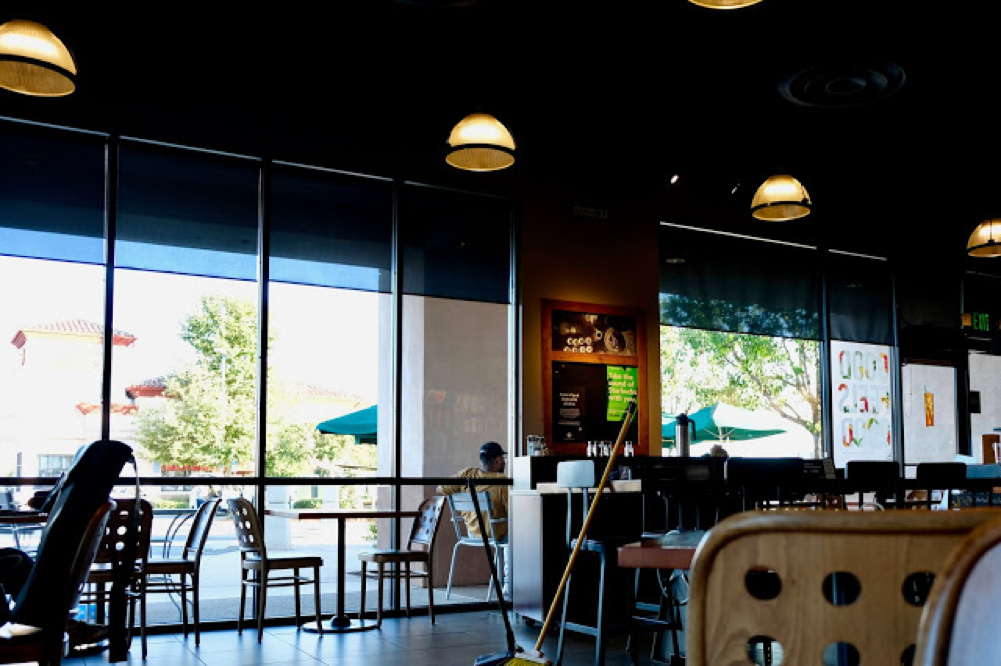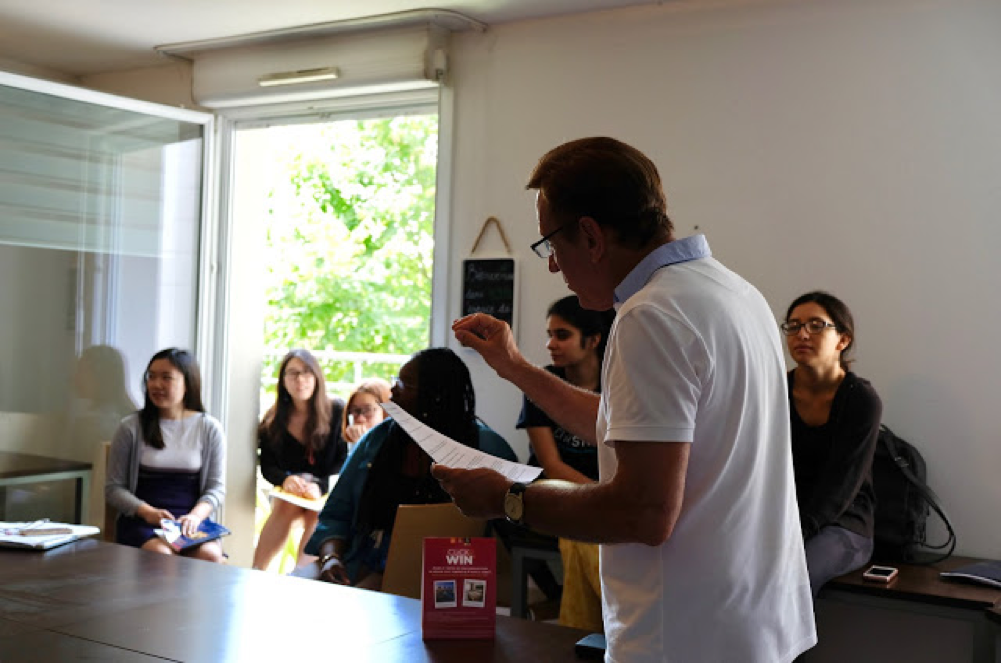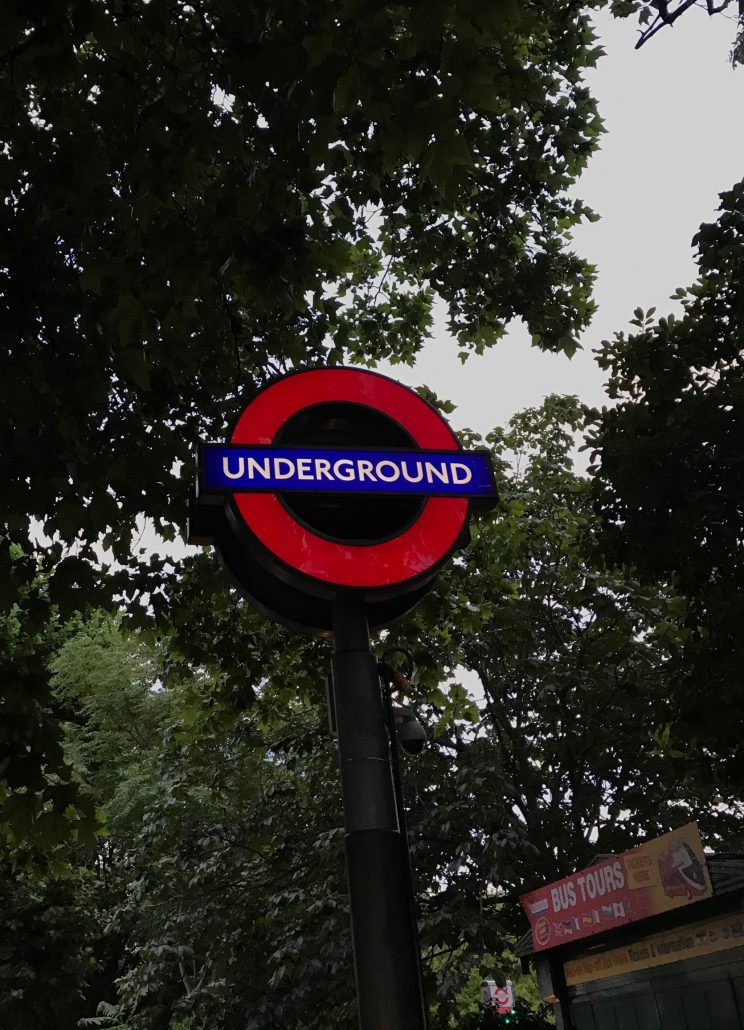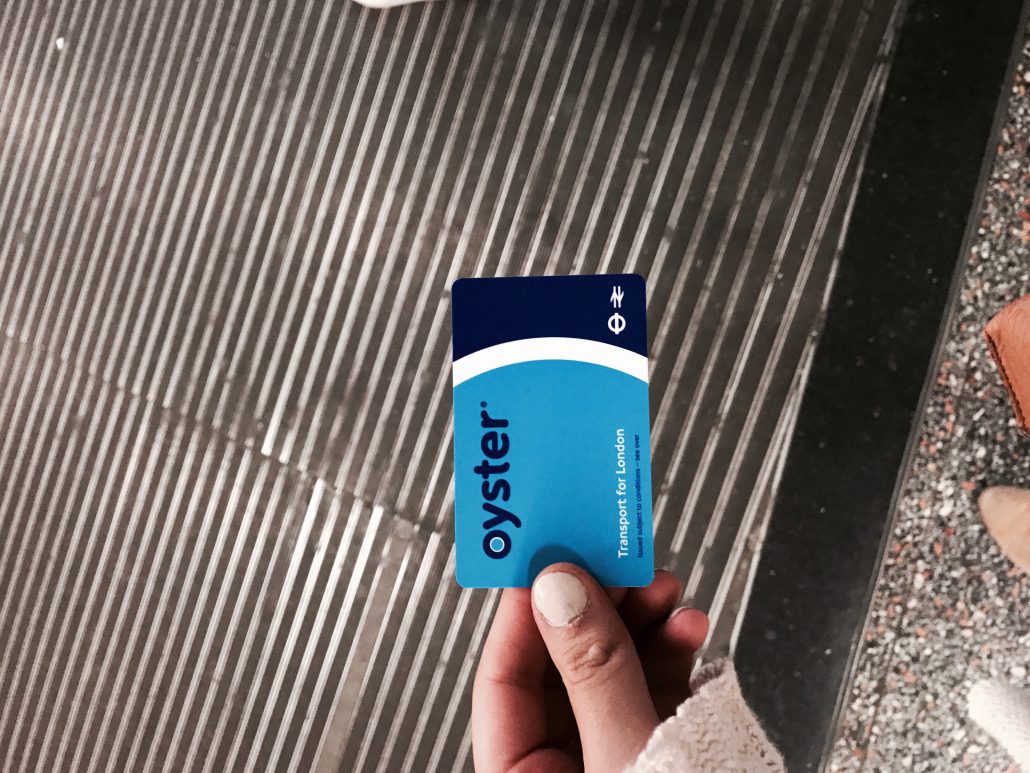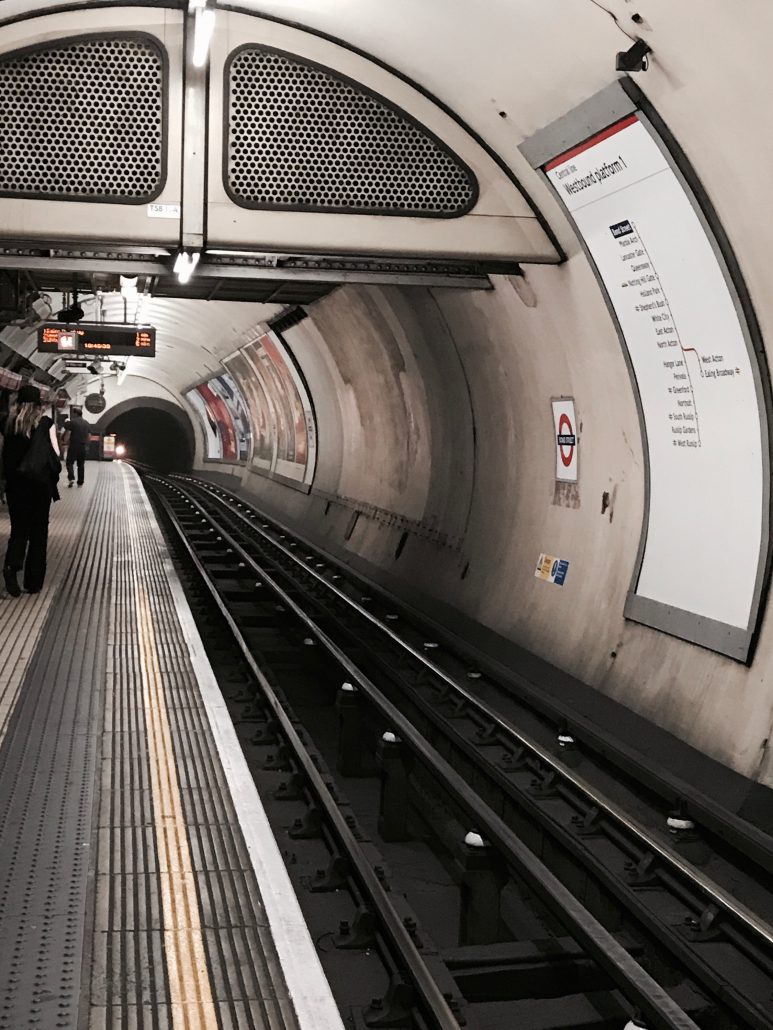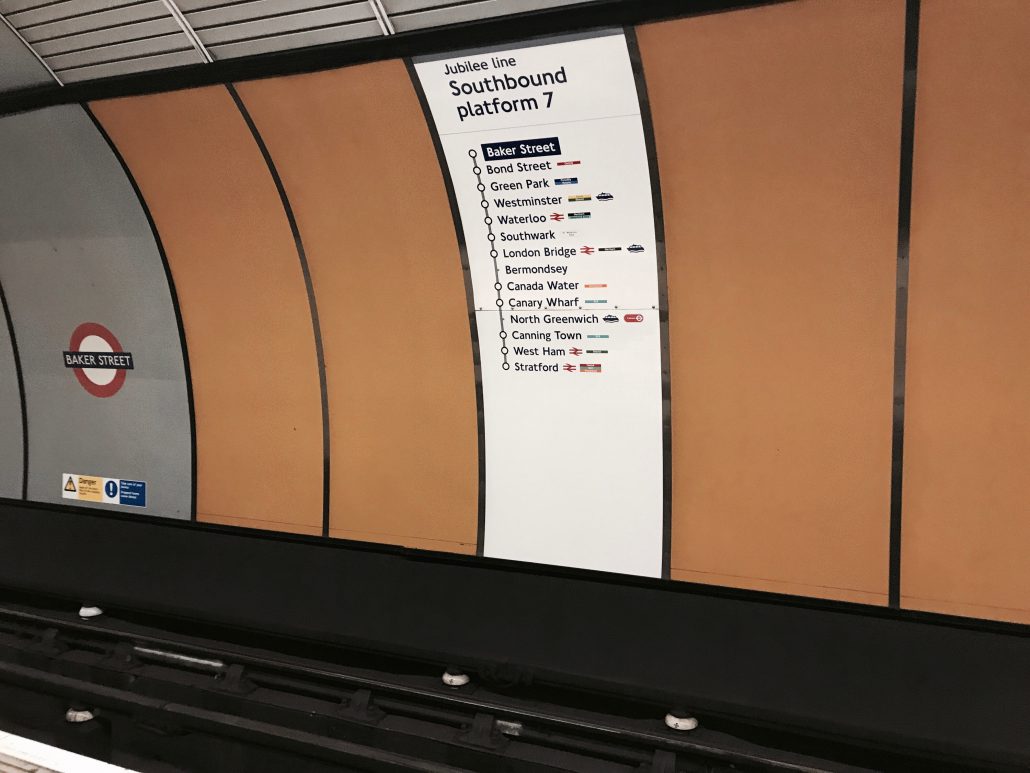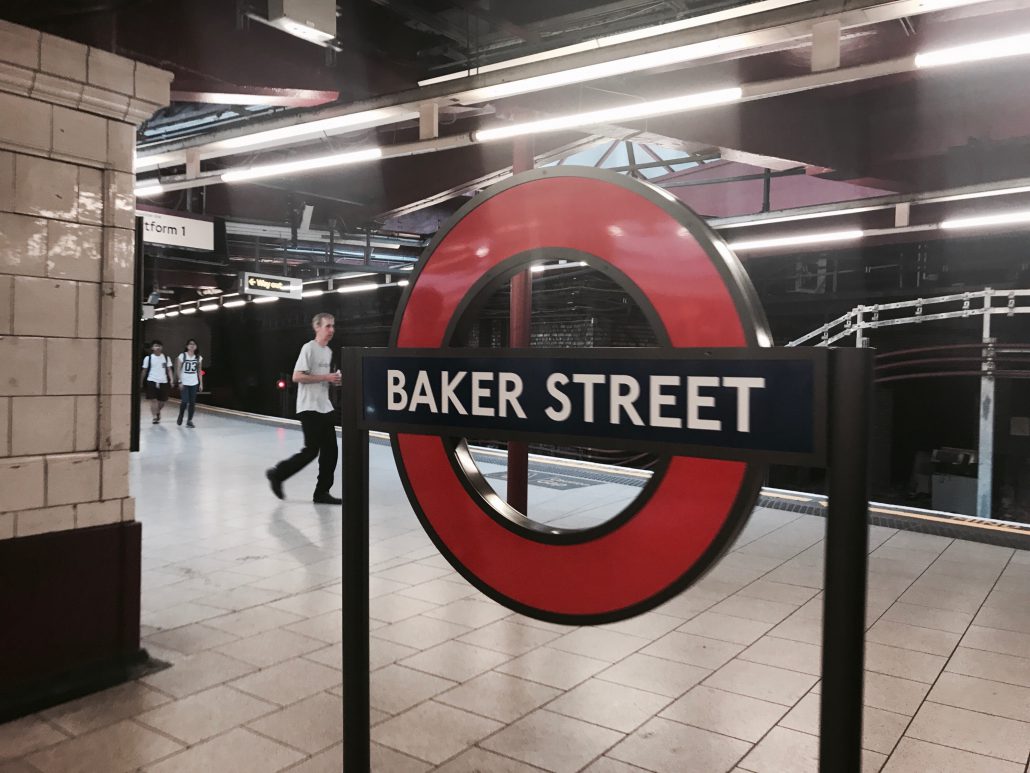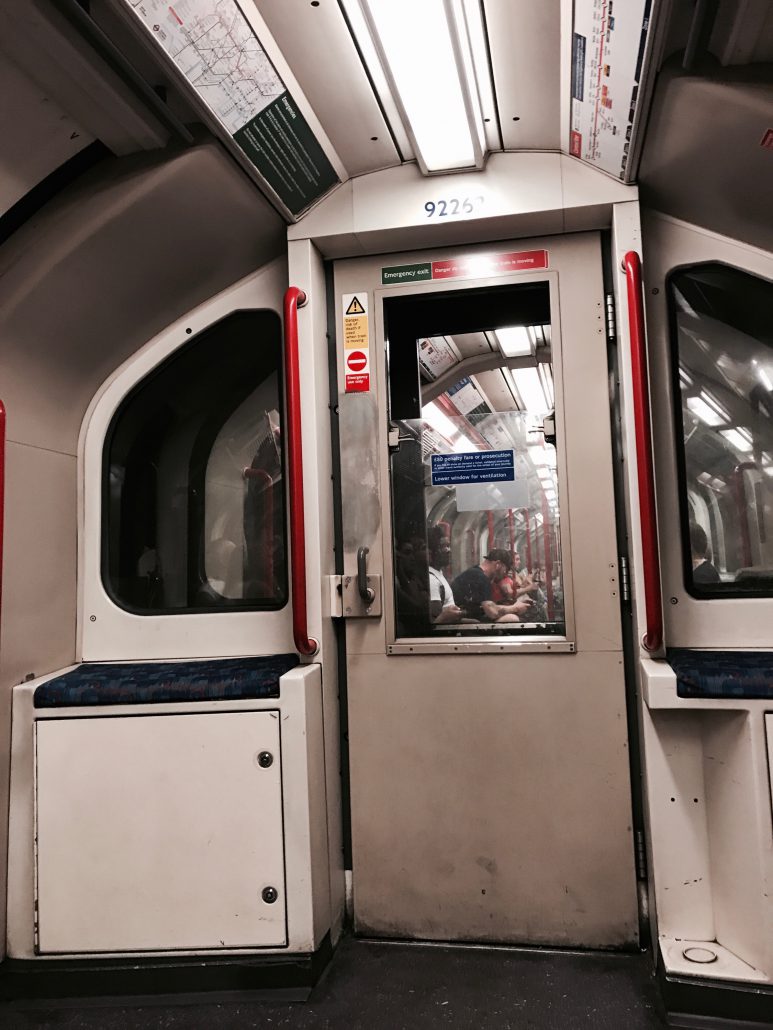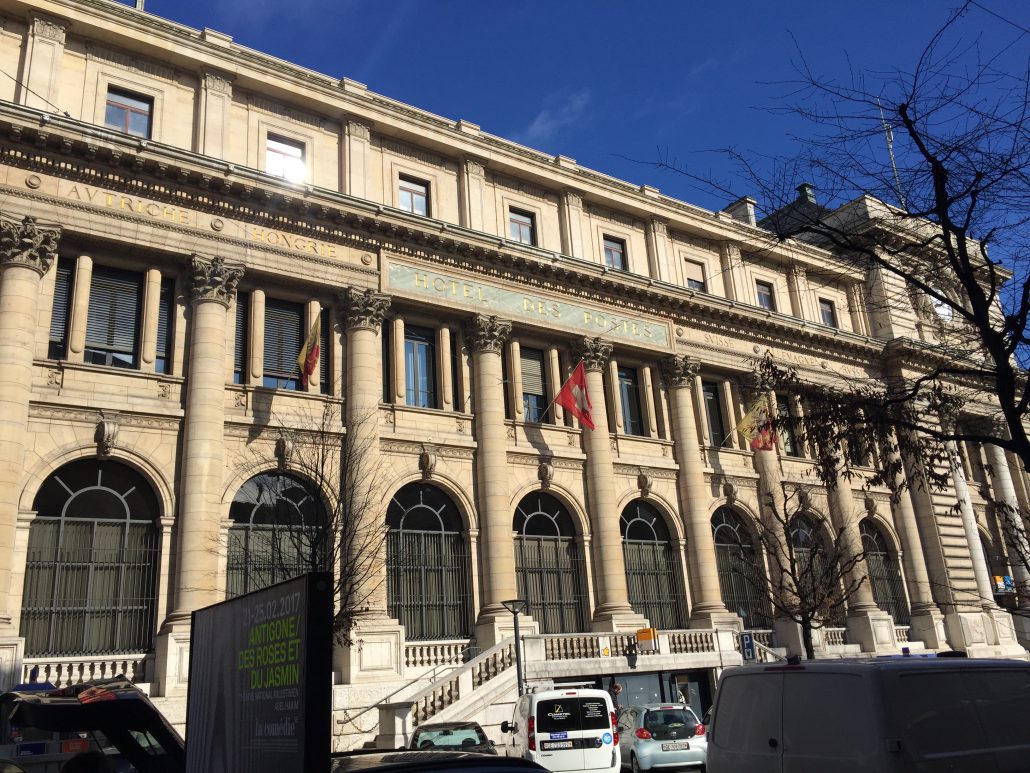Scotland | Places to Study
BY CAITLYN PICKARD
I don’t know about you, but I’m pretty much a professional procrastinator. Studying is extremely hard for me because I can only focus for an hour max at a time. I have specific requirements for my study places: 1) not too hot, not too cold, 2) either complete silence, or coffee house feels, 3) upright sitting areas, and most importantly, 4) coffee and/or tea must be supplied at said location. I can never have one specific place I go to either. I need a change of scenery from time to time. So I usually bounce around from study areas every other day or so. Here’s a list of my favorite locations. Added bonus, all of these locations have access to coffee/tea for reasonable prices.
Main Library
The University of Edinburgh has the main library open 24/7 for THE WHOLE SEMESTER. So when you get that craving that we all get at 2am to study for our courses, the library will be there to welcome you with open doors. There’s a ton of different places available to meet your study needs. It is quite packed with students throughout the day, but there is always a space to study. Another plus to the university’s library is the café on the ground floor. You don’t even have to leave the building to get your caffeine fix. My favorite drink from here is the mocha. It’s the perfect balance of chocolate and coffee. Yum!
Black Medicine Coffee
This place can get quite busy during school hours and weekend afternoons. If you are able to find a seat at this popular café, you’ll be pleasantly surprised by the array of drinks and pastries available while you get your study on. They have smoothies, teas, coffees, and various tasty treats. If you
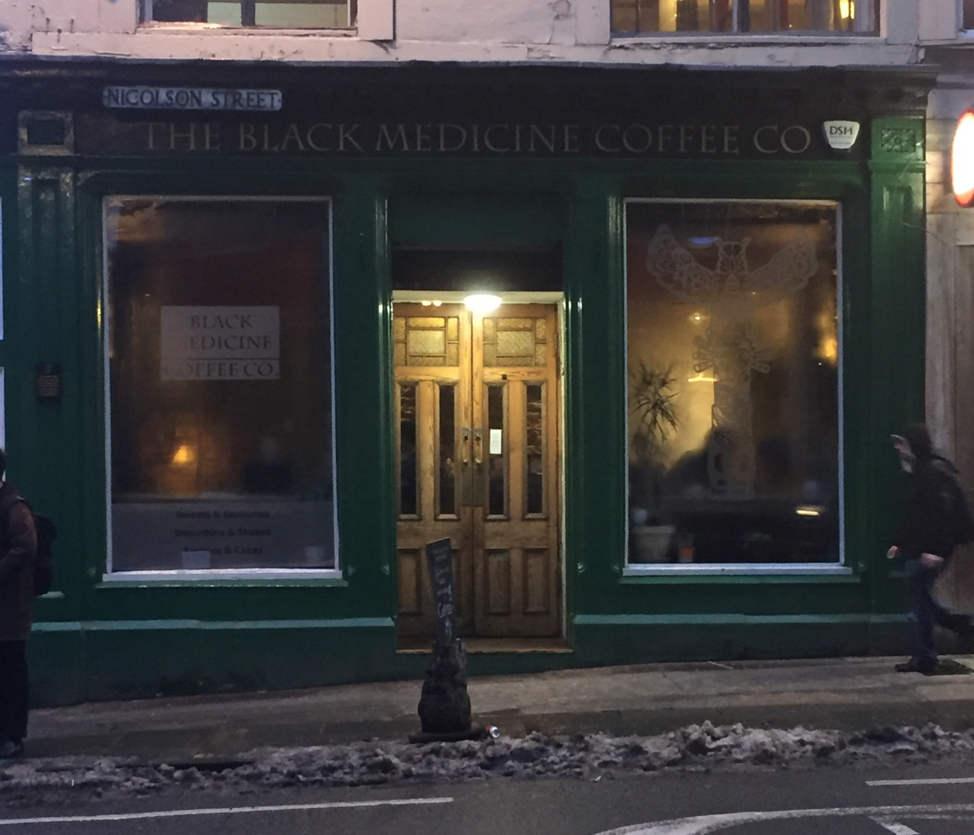
Love Crumbs
Love Crumbs is a smaller café but a very popular location. It has a very communal feel. If you like a more busy environment to match your productivity, this is a nice spot to study in. You can sit anywhere you’d like, even if it’s a table full of strangers; it’s an addition to the ambience of this coffee spot. It’s a little more detached from the university, but still not too far. If you would like a little walking break before going deep into study mode, this is the perfect place for you.
Brew Lab
This is my favorite coffee/tea spot. Their carrot cake is amazing and I LOVE their lotus jasmine tea. The feel of this café is very laid back but also conducive for studying. They have a view couches and chairs that are for a more cozy feel. For those of you that don’t want to get too comfortable while studying, there are plenty of tables and more private corners to study in. This is my go to café for studying. It’s very close to campus with a warm environment.
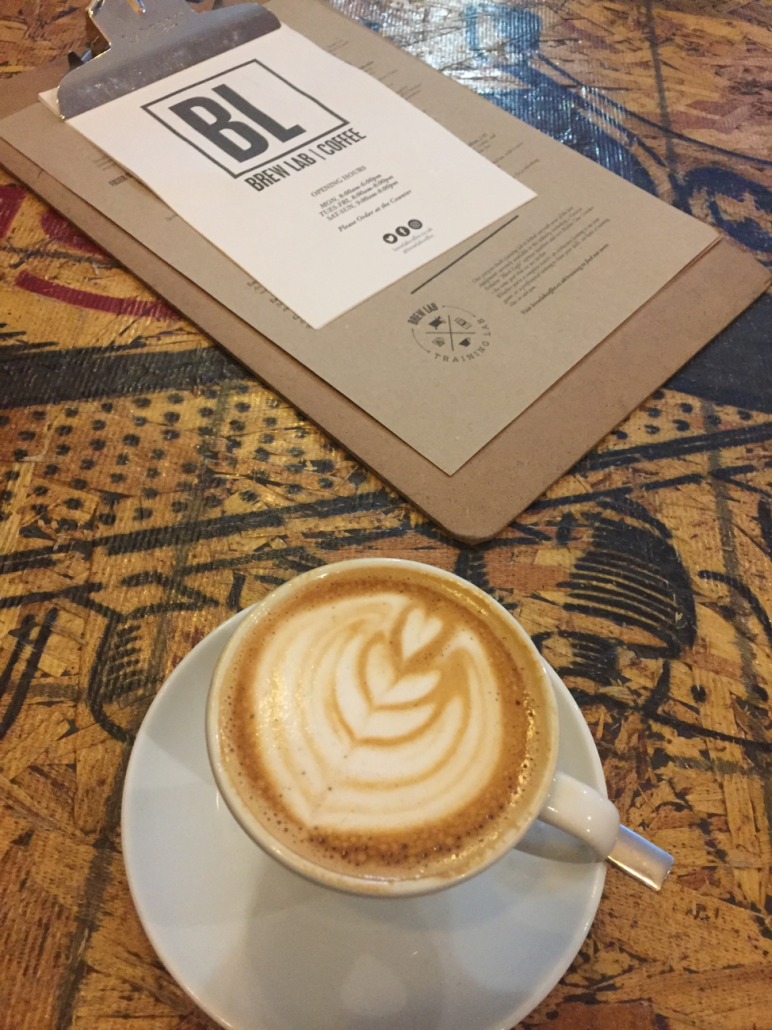
DAI PAI
This Asian street food establishment also has gourmet coffees and teas. The best part? Free cake with a hot beverage! Also, this is the cheapest coffee place I’ve found in Edinburgh. If you have a love for Asian teas, they have the classics here. I ordered a pot chrysanthemum tea here for £2.50. Definitely helped my cold feel better and remedied a bit of my homesickness.
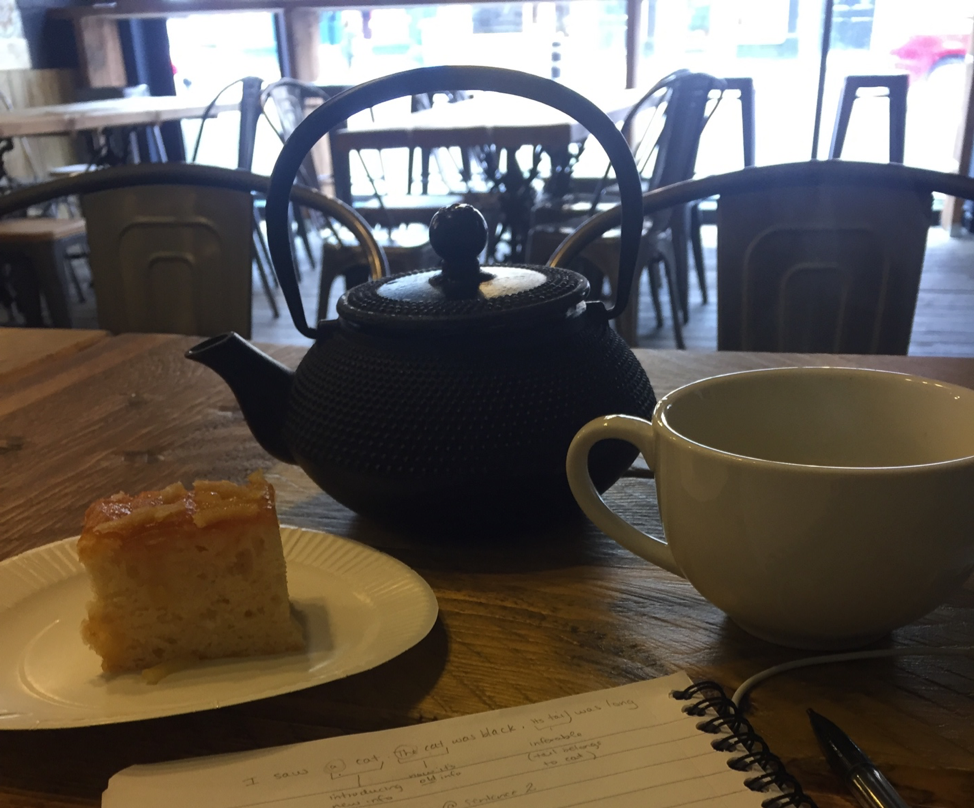
During lunch time, it can get a little busy so maybe not the best study location unless you go during off eating times. The Wi-Fi can be a little dodgy, but that’s a good thing if you need to focus without the constant lure of the interweb. I honestly love the feel of this place. And free cake. Free cake is a significant plus.
Side note: All of these places accept cash or card. I usually stick to plastic because I have some credit cards that waive the foreign transaction fee, so this is important to me at least!

Caitlyn Pickard studied abroad in Edinbugh, Scotland, in Spring 2018: http://eap.ucop.edu/OurPrograms/United_Kingdom_Scotland/Pages/host_EdinburghUKImmersion.aspx


